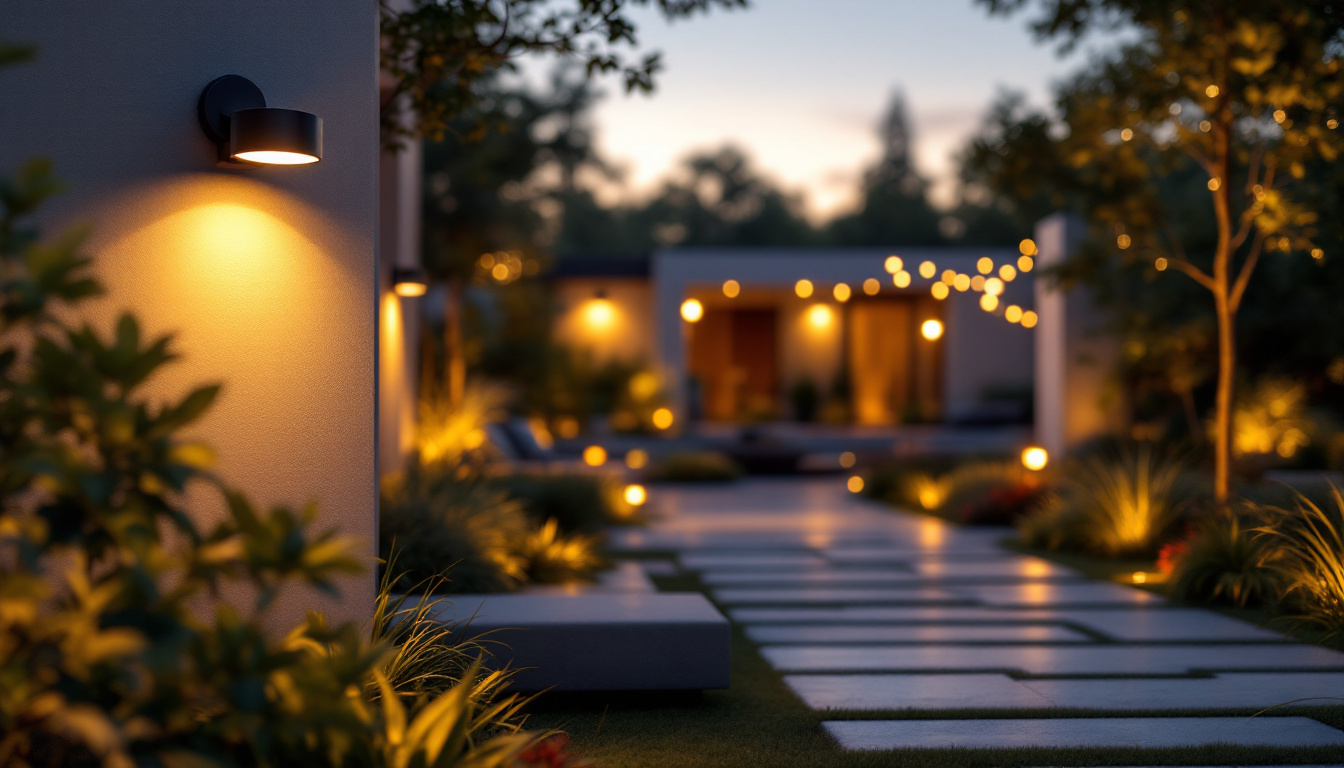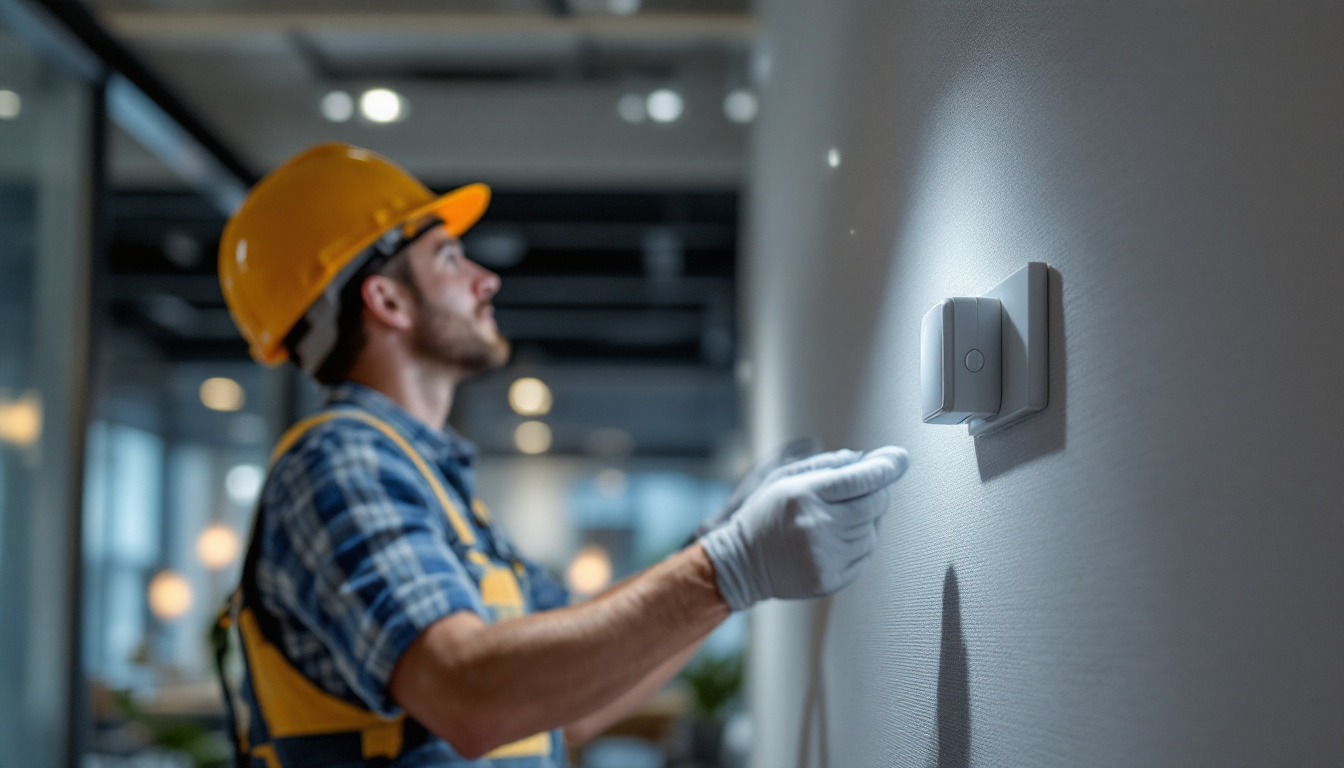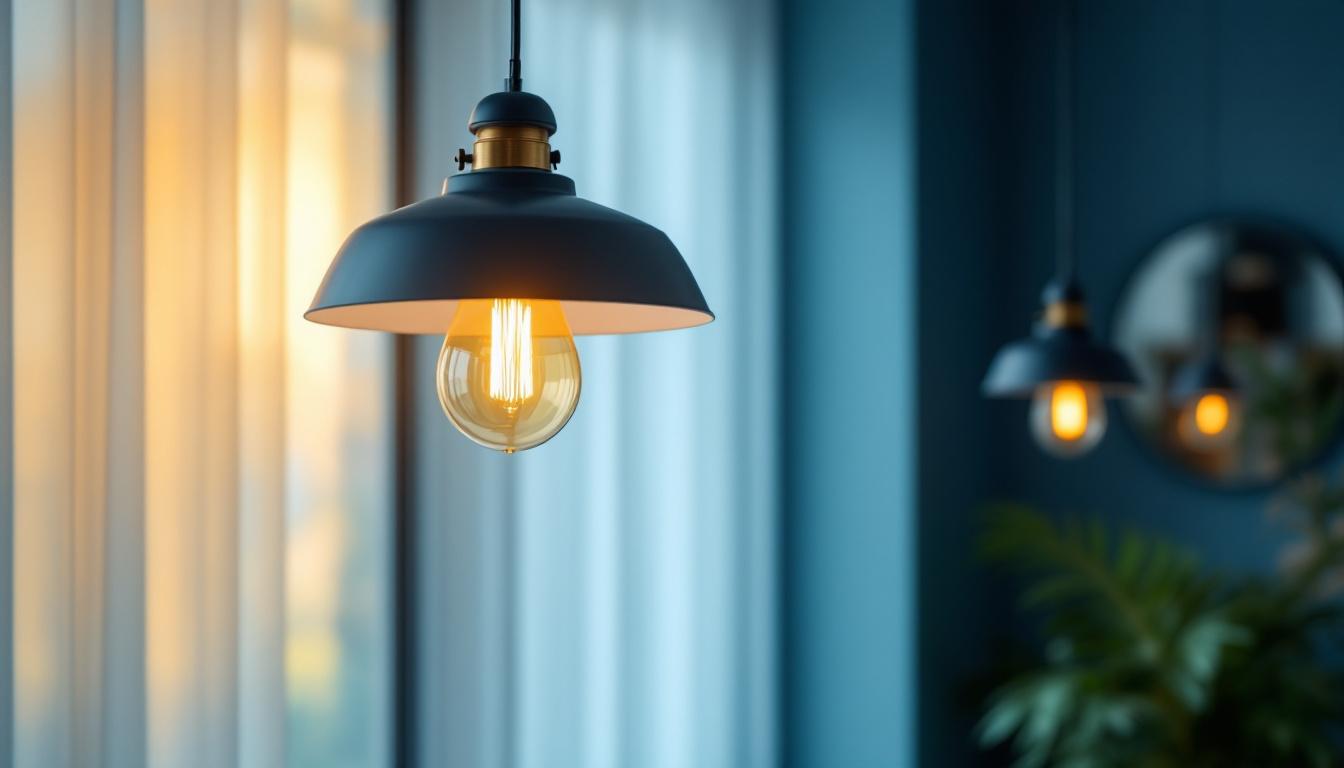
Motion sensor light sensors are innovative devices that enhance lighting designs by automatically adjusting illumination based on movement. These sensors detect physical presence and can activate lights accordingly, providing convenience and energy efficiency. In the realm of lighting design, understanding how these sensors work is crucial for contractors aiming to create functional and aesthetically pleasing environments.
At their core, motion sensors operate using various technologies, including passive infrared (PIR), ultrasonic, and dual-technology sensors. Each type has its unique advantages and applications, making it essential for contractors to choose the right sensor for specific projects. This knowledge not only improves the quality of the lighting design but also contributes to energy savings and enhanced security.
Motion sensors typically rely on one of three technologies: passive infrared, ultrasonic, or dual-technology. Passive infrared sensors detect heat emitted by objects, primarily human bodies, allowing them to sense movement without relying on sound or light. This makes them ideal for indoor applications where privacy is a concern.
Ultrasonic sensors, on the other hand, emit high-frequency sound waves that bounce off objects. When movement occurs, the returning sound waves are altered, triggering the sensor. These sensors are particularly effective in larger spaces, such as warehouses or outdoor areas, where they can cover a wider range.
Dual-technology sensors combine both PIR and ultrasonic technologies, offering a more reliable solution by minimizing false triggers. This makes them suitable for environments where precision is critical, such as in office buildings or high-security areas.
Integrating motion sensors into lighting designs offers numerous benefits. One of the most significant advantages is energy efficiency. By ensuring that lights are only activated when needed, these sensors can significantly reduce energy consumption, leading to lower utility bills.
Additionally, motion sensors enhance safety and security. In outdoor settings, they can illuminate pathways and entry points when someone approaches, deterring potential intruders. Inside buildings, they can help prevent accidents by ensuring that areas are well-lit when occupied.
Moreover, the use of motion sensors can contribute to the longevity of lighting fixtures. By reducing the amount of time lights are on, these sensors help minimize wear and tear, which can lead to longer lifespans for bulbs and fixtures. This not only results in cost savings for maintenance and replacements but also supports sustainability efforts by reducing waste. Furthermore, as smart home technology continues to evolve, integrating motion sensors with home automation systems allows for even greater control over lighting, enabling users to customize their environments based on their routines and preferences.
In commercial spaces, the implementation of motion sensors can also enhance user experience. For instance, in retail environments, strategically placed sensors can create a welcoming atmosphere by activating lights as customers approach, drawing them into the store. This not only boosts sales but also enhances the overall shopping experience. Similarly, in office settings, motion sensors can contribute to a more productive work environment by ensuring that workspaces are adequately lit when occupied, thereby promoting employee comfort and focus.
When designing lighting systems that incorporate motion sensors, several factors must be taken into account. These considerations can significantly impact the effectiveness and efficiency of the lighting design.
The placement of motion sensors is critical to their performance. Sensors should be positioned to maximize coverage while minimizing blind spots. For instance, in hallways or staircases, sensors should be installed at strategic points to ensure that any movement is detected promptly.
Additionally, the height at which sensors are mounted can affect their sensitivity. Installing sensors too high may limit their ability to detect movement, while placing them too low can lead to unnecessary activation. Finding the right balance is essential for optimal performance. It’s also worth considering the angle of the sensors; many models allow for adjustable heads that can be tilted to cover specific areas more effectively. This flexibility can be particularly useful in spaces with unique architectural features or obstacles that might obstruct the sensor’s line of sight.
Environmental elements can also influence the effectiveness of motion sensors. Factors such as temperature, humidity, and even the presence of pets can impact sensor functionality. For example, PIR sensors may be triggered by heat sources other than human bodies, leading to false activations.
Contractors should consider these environmental factors when selecting sensors and designing lighting systems. In outdoor settings, for instance, it may be beneficial to choose sensors with adjustable sensitivity to account for varying weather conditions. Moreover, the type of surface where the sensor is mounted can affect its performance. Smooth surfaces may reflect heat differently than textured ones, which could impact how effectively the sensor detects movement. Additionally, the use of protective housings for outdoor sensors can shield them from rain, snow, and debris, ensuring consistent operation regardless of the elements. Understanding these nuances can help in creating a robust lighting system that functions reliably in diverse conditions.
Motion sensor light sensors are versatile and can be applied in various settings, including residential, commercial, and industrial environments. Understanding the specific applications can help contractors tailor their designs to meet client needs effectively.
In residential settings, motion sensors can enhance convenience and security. They are commonly used in entryways, garages, and outdoor spaces, providing automatic illumination when residents arrive home. This not only improves safety but also adds a touch of modernity to home lighting designs.
Furthermore, motion sensors can be integrated into smart home systems, allowing homeowners to control lighting remotely. This integration enhances energy efficiency by enabling homeowners to monitor and adjust lighting based on their schedules and preferences.
In commercial environments, motion sensors can play a vital role in energy management. Offices, retail spaces, and public buildings can benefit from automatic lighting controls that adjust based on occupancy. This not only reduces energy costs but also extends the lifespan of lighting fixtures.
Moreover, motion sensors can enhance the customer experience in retail environments. For example, strategically placed sensors can activate displays or signage as customers approach, creating an engaging and interactive shopping experience.
In industrial settings, motion sensors are invaluable for ensuring safety and efficiency. Warehouses and manufacturing facilities often have large spaces that require effective lighting solutions. Motion sensors can activate lights in areas where workers are present, reducing energy consumption in unoccupied zones.
In addition, these sensors can improve safety by illuminating pathways and workstations, minimizing the risk of accidents. Contractors should consider the unique needs of industrial clients when designing motion sensor lighting systems to ensure optimal functionality and safety.
While motion sensor lighting offers numerous benefits, there are challenges that contractors may encounter during the design and installation process. Understanding these challenges and their solutions is essential for successful project execution.
False activations can be a significant issue with motion sensors, leading to unnecessary energy consumption and annoyance. Factors such as pets, moving trees, or passing vehicles can trigger sensors unintentionally.
To mitigate this, contractors can select sensors with adjustable sensitivity settings. Additionally, positioning sensors strategically and using features like time delays can help reduce the likelihood of false activations. Educating clients on the limitations of motion sensors can also set realistic expectations.
Integrating motion sensors into existing lighting systems can present challenges, especially in older buildings. Compatibility issues may arise, requiring contractors to assess the current infrastructure and make necessary upgrades.
To address this, contractors should conduct a thorough evaluation of the existing systems before installation. In some cases, it may be necessary to replace outdated fixtures or wiring to ensure seamless integration. Providing clients with a clear plan for upgrades can facilitate smoother implementation.
The field of motion sensor lighting is continually evolving, with new technologies and trends emerging regularly. Staying informed about these advancements can help contractors remain competitive and offer cutting-edge solutions to clients.
As smart home technology continues to gain popularity, the integration of motion sensors with smart lighting systems is becoming more prevalent. This allows homeowners and businesses to control their lighting remotely, enhancing convenience and energy efficiency.
Smart motion sensors can also provide valuable data on occupancy patterns, enabling users to optimize lighting schedules based on actual usage. Contractors should consider incorporating smart technology into their designs to meet the growing demand for intelligent lighting solutions.
With an increasing emphasis on sustainability, energy efficiency standards are becoming more stringent. Motion sensor lighting systems that meet or exceed these standards will be in high demand as businesses and homeowners seek to reduce their carbon footprint.
Contractors should stay updated on energy efficiency regulations and consider designing systems that not only comply but also exceed these requirements. This proactive approach can position contractors as leaders in sustainable lighting design.
Motion sensor light sensors are transforming the landscape of lighting design, offering innovative solutions that enhance functionality, safety, and energy efficiency. For lighting contractors, understanding the technology, applications, and challenges associated with these sensors is essential for creating effective designs that meet client needs.
By incorporating motion sensors into lighting systems, contractors can provide clients with modern, efficient, and user-friendly solutions. As the industry continues to evolve, staying informed about trends and advancements will be crucial for maintaining a competitive edge.
Ultimately, the integration of motion sensor light sensors represents a significant step toward smarter, more sustainable lighting designs that cater to the demands of contemporary living and working environments.
Ready to elevate your lighting designs with the latest motion sensor technology? At LumenWholesale, we provide lighting contractors like you with the highest quality, spec-grade lighting products at prices that can’t be beaten. Our extensive selection of motion sensor light sensors and other lighting solutions meets rigorous industry standards, ensuring your projects shine with reliability and performance. Say goodbye to middleman markups and hello to hassle-free bulk buying with free shipping. Don’t compromise on quality or value—choose LumenWholesale for the perfect fusion of quality, affordability, and convenience. Discover wholesale lighting at the best value today and light up your next project with confidence.

Discover essential tips for selecting and installing T8 fluorescent fixtures to ensure your lighting project is efficient and cost-effective.

Discover expert tips and innovative strategies for lighting contractors to master the art of contemporary light pendants.

Discover the essential best practices for using occupancy sensors in lighting projects with our comprehensive guide tailored for contractors.

Discover how choosing a pendant light round can streamline projects for lighting contractors, offering both time and cost savings.